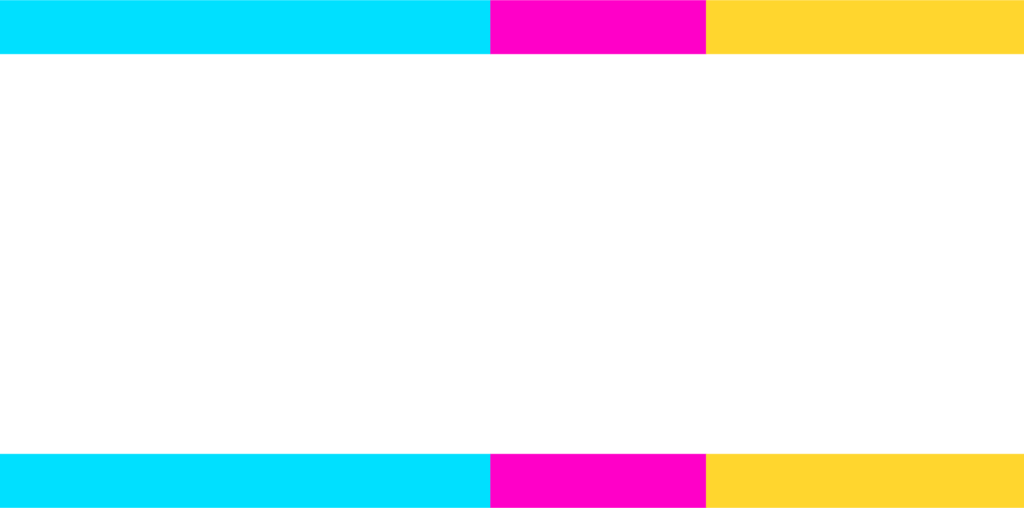Betsy Russell reports Idaho’s school spending per pupil ranks second-worst in the nation for a second straight year, according to the latest figures from the U.S. census, while Washington’s is 32nd, down from last year’s ranking of 31st.
Washington education officials bemoaned the ranking as too low, but Idaho’s said their lower ranking wasn’t particularly concerning; Idaho bested only Utah.
“Funding is a factor in education but it’s not the most important factor,” said Idaho State Department of Education spokeswoman Melissa McGrath, “and it is not the factor that determines the quality of an education system.”
She noted that Idaho – like Washington – has higher than average student test scores. The U.S. Department of Education’s National Assessment of Educational Progress shows eighth-graders in both states scored above average in reading, math and science in 2011.
“In Idaho, our state spends less per student compared to most other states, but our students continually outperform students across the United States in reading, math and in science,” McGrath said. “It’s clear that Idaho is doing well spending its resources effectively and efficiently to benefit Idaho students.”
Kristen Jaudon, spokeswoman for the Washington Office of the Superintendent of Public Instruction, said, “There are several of these reports that are produced every year, and each one consistently shows Washington in the bottom half for per-pupil spending. … The state is still not providing adequate funding for students.”
The census figures, which are drawn from the 2009-’10 school year, also include rankings for school spending per $1,000 in per-capita income for each state. By that measure, Idaho improved slightly from last year’s ranking of 41st, coming in 38th. But it’s still far below where Idaho ranked in 2001, when it was 17th.
Former Idaho state chief economist Mike Ferguson, now the head of the Idaho Center for Fiscal Policy, said that echoes a report he released in April that found that the share of Idaho’s personal income that goes to schools dropped 23 percent from 2000 to 2013; his report dubbed that drop “a stunning reduction in the state’s commitment to public schools.”
“The fact is that we’ve been essentially disinvesting in children,” Ferguson said Wednesday.
Idaho has very low personal income compared to other states, he noted, making the drop as a share of personal income particularly significant.
“We’ve always been on the low end of the scale” in per-pupil spending, he said. “It’s just that we’re basically, in these relative terms, getting even worse compared to what we have been able to muster previously.”
In 2001, Idaho’s per-pupil spending ranked 48th among the states; Washington’s was 29th.
Washington long has scored low in the measure of spending per $1,000 in personal income because of the state’s relatively high personal income, which long has been well above the national average. Washington was 45th on that measure in 2001, 46th last year, and 49th in the latest census report.
Jaudon said, “The Washington State Supreme Court this year unanimously agreed that our state is underfunding basic education. Where we appear on a list doesn’t change that fact.”
One more oddity in Idaho school funding from the census report: In 2009-’10, Idaho had the third-highest percentage of its school funding coming from the federal government of any state, at 20.4 percent; the national average was 12.5 percent. Washington was near the national average, as Idaho had been for many years previously.
“That’s the first year we did receive (federal) stimulus funding – that could definitely be the cause of it,” McGrath said. “School districts this year are struggling because that one-time money is going away.”


